Using ChatGPT to Raise a Puppy: My Real-Life Experience with Ruby the Great Dane
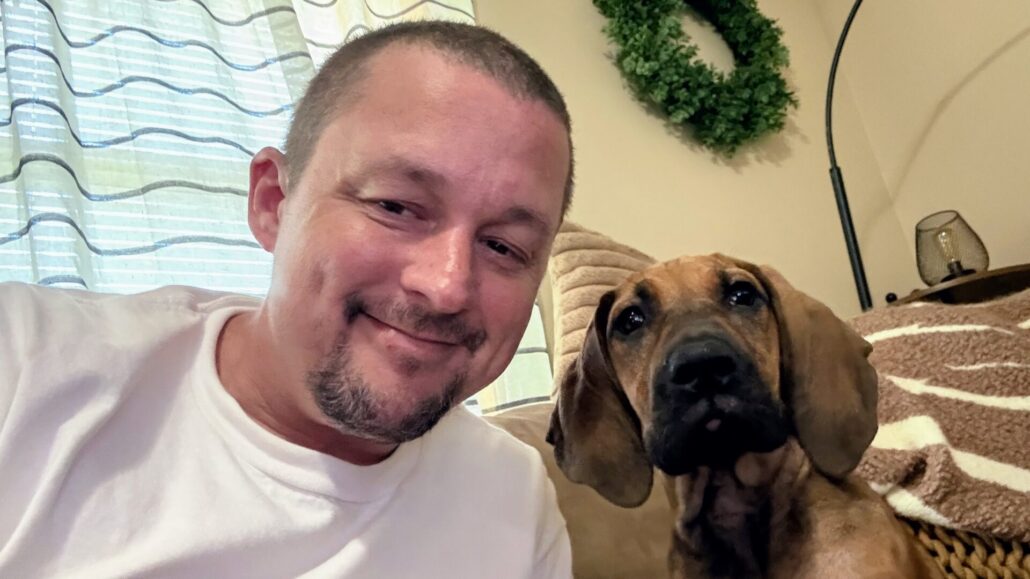
Yes, I’m Using ChatGPT to Help Raise My Puppy. No, I’m Not Kidding.
Using ChatGPT to raise a puppy wasn’t the original plan. But when we brought home our 13-week-old Great Dane puppy, Ruby, I thought I was prepared. I’d read the blogs, stocked up on treats, mentally prepped for some sleepless nights. I quickly realized that for all my prep, I still had a thousand little questions—and I needed answers fast. So, within 24 hours, I was asking ChatGPT questions like:
- “Is it bad if I let her sleep in bed with us?”
- “Why does she pee on my shirt when I leave it in the crate?”
- “What’s the best way to teach her to sit?”
Look, puppies are adorable. They’re also chaos with legs. So yeah, I leaned hard on ChatGPT from day one. And now, just over a week in, I can honestly say AI has become a vital part of our puppy-raising toolkit. It’s like having a 24/7 vet tech, dog trainer, child psychologist, and tired-parent support group in my pocket. Minus the judgment.
Here’s how it all played out.
Meet Ruby (and Carl): Our New Dynamic (Dramatic) Duo
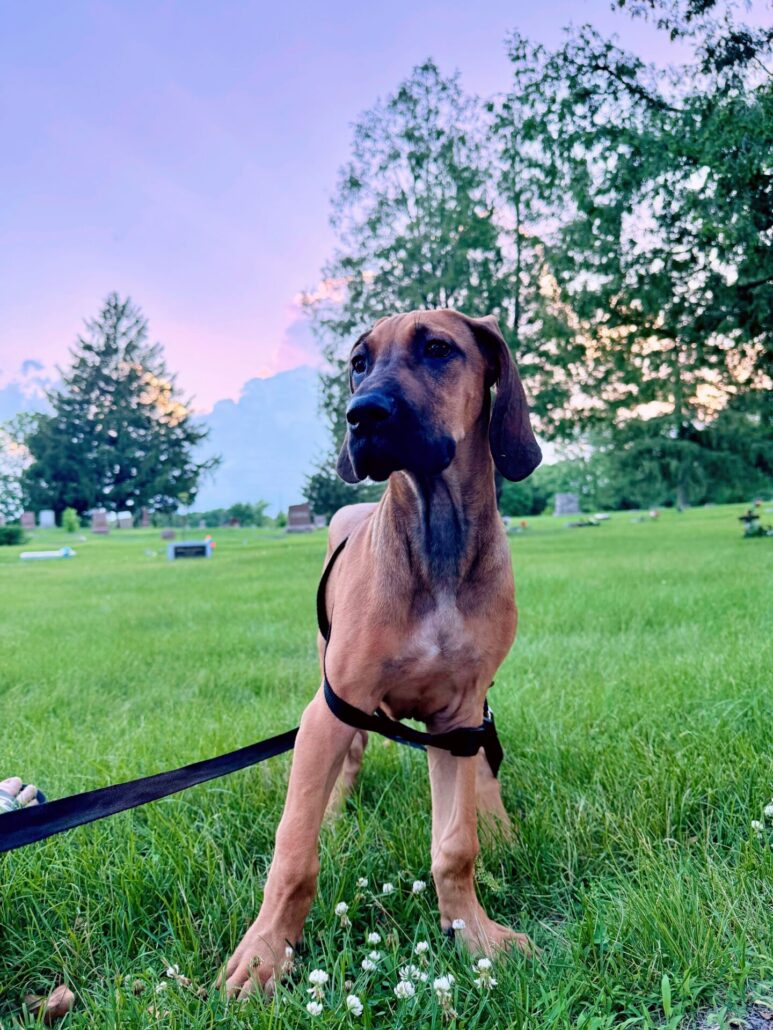
Ruby is now 14 weeks old and already showing her personality: clingy, snuggly, dramatic, and curious in the way that makes you hide your socks. She’s got big feelings about the cat (who hisses), loves flopping over dramatically when startled, and is quickly figuring out that the couch is a prime snuggle zone.
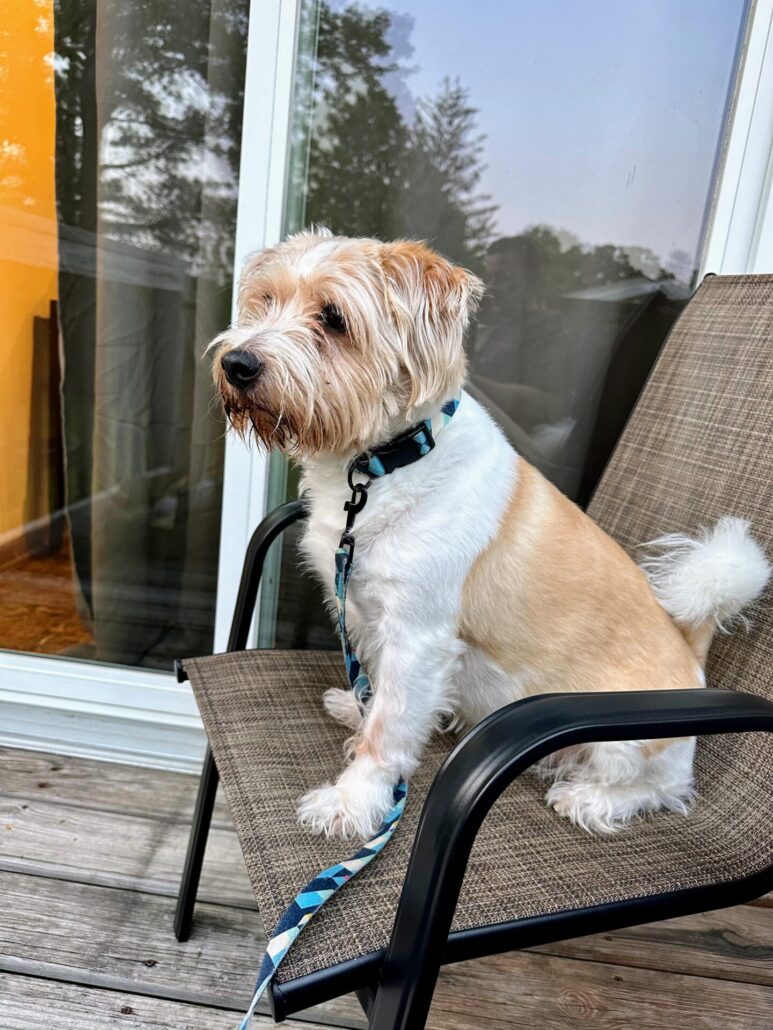
Carl, our older dog, has been shockingly chill about the whole thing. No major jealousy, no guarding, and only the occasional side-eye when Ruby gets a little too up in his business. We’ve been managing their relationship pretty carefully, and so far, no turf wars.
Why I Started Using ChatGPT to Raise a Puppy (Instead of Dr. Google)
I turned to ChatGPT for the same reason I use it for everything else—it’s convenient, it gives me a quick baseline answer, and if I ever second-guess anything, I know how to do a little independent research to double-check it.
It was a natural choice: I already rely on ChatGPT for work, writing, tech help, and product research. When Ruby came home, I didn’t want to fall into the black hole of sketchy forums or SEO-choked blog posts. I needed fast, usable answers that didn’t make me scroll past seventeen pop-ups first.
And that’s exactly what I got.
What I Asked ChatGPT in Week One (and Why)
The first few days were a blur of questions. I asked ChatGPT about:
- Crate setup, especially for a big-breed puppy
- Whether it was bad to let Ruby sleep in bed (spoiler: she’s still there)
- What size harness I should get for a 30-pound Great Dane puppy
- How to create a feeding schedule that included meds and potty breaks
- Whether it was okay to give antibiotics early if we had to leave the house
- How to teach her to sit (our first real command)
- How to start walk training without scaring her
Oh—and the big one: I described her symptoms (frequent peeing, discomfort, licking) and ChatGPT listed a few possibilities based on her symptoms, but urinary tract infection was at the top of the list—and it turned out to be right. That’s right—ChatGPT correctly diagnosed Ruby’s UTI before we even got to the vet.
That moment alone made the whole experience feel worth it.
Building a Routine with AI in the Passenger Seat
One of the biggest things ChatGPT helped with was establishing a daily routine. I needed something structured but flexible. Ruby was eating three times a day, taking antibiotics twice, and still figuring out where to pee (she’s taken a liking to a spot in the kitchen, but we’ve been using training pads, which at least keeps the floor safe).
Here’s what we ended up with:
- 5:15 AM – Potty break
- 5:45 AM – Breakfast + antibiotics + treat
- 6:00 AM – Another potty, then some supervised play
- 7:00 AM – Crate time while I go to work
- 11:30 AM – Quick midday potty + play session
- Evening – Dinner, walk, training, antibiotics, chaos
- Night – Snuggles, one last potty, and then bed (in our bed, not the crate)
ChatGPT helped me map all this out, adjust for work hours, and think through how to balance structure with flexibility.
Health Panic and the AI Diagnosis That Was Right
Let’s go back to the UTI for a second. Ruby was peeing constantly—sometimes twice in ten minutes—and seemed uncomfortable. We thought maybe it was behavioral, maybe nerves. But when I plugged her symptoms into ChatGPT, it suggested a urinary tract infection almost immediately.
I brought that up at the vet, they ran a test, and yep—UTI. She got meds, subcutaneous fluids, and was back to her usual snuggly self within 24 hours.
That alone sold me on using ChatGPT as a parenting tool. It wasn’t about replacing the vet, but it gave me the language and confidence to advocate for Ruby when it mattered.
Crate Drama, Shirt Peeing, and Bedtime Real Talk
Ruby’s crate is cozy: blankets for a den vibe, heartbeat white noise, bones to chew on. I set it up based partly on ChatGPT’s suggestions and partly on what had worked well in the past with Carl—though Ruby definitely added her own twist to the setup. But she did pee on my shirt a couple of times when I left one in there for comfort. It wasn’t every time, and to be fair, she’s only had a couple of accidents inside the crate total.
Eventually, we gave up and let her sleep with us. And honestly? It’s been great. She sleeps through the night, snuggles hard, and doesn’t wake us up at all. I talked through the pros and cons with ChatGPT before making that decision, and while I’m sure Cesar Millan would faint, it’s working for us.
Training Progress and Walk Anxiety
Our first command was “sit.” It’s going well—Ruby’s food-motivated and smart. ChatGPT walked me through step-by-step methods and how to keep sessions short and positive.
Walks, though? Mixed results. Ruby can get overwhelmed by sounds or new sights. Sometimes she freezes. Sometimes she bolts back toward the house. ChatGPT helped here too, explaining how to build confidence slowly and avoid sensory overload.
Two Dogs, One Cat, and Daily Chaos
Ruby and Carl are vibing. We keep things fair, stagger treat times, and use ChatGPT to troubleshoot any signs of tension.
The cat, on the other hand, is a whole show. Ruby’s obsessed. The cat hisses and swats (no claws). Ruby flops over like she’s been assassinated—limbs sprawled, eyes wide, total theatrical collapse. It’s dramatic, ridiculous, and honestly kind of on-brand for her entire personality.
Why I Recommend Using ChatGPT to Raise a Puppy
Using ChatGPT to raise a puppy can absolutely be worthwhile—as long as you use it wisely. If you’re new to AI or unsure where to start, just treat it like a very smart assistant: ask clear, specific questions, verify anything that feels off, and use it to supplement—not replace—professional advice. ChatGPT isn’t a vet or a trainer, but it’s a shockingly useful tool when you’re trying to survive the first week with a new puppy.
It helped me troubleshoot health issues, build routines, create training plans, and stay sane during the many, many moments where I had no idea what I was doing.
If you’re raising a puppy and you already talk to ChatGPT about everything else, go ahead and add “dog co-parent” to its resume. I did—and I regret nothing.



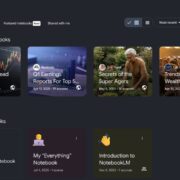

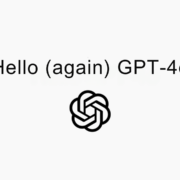



Leave a Reply
Want to join the discussion?Feel free to contribute!